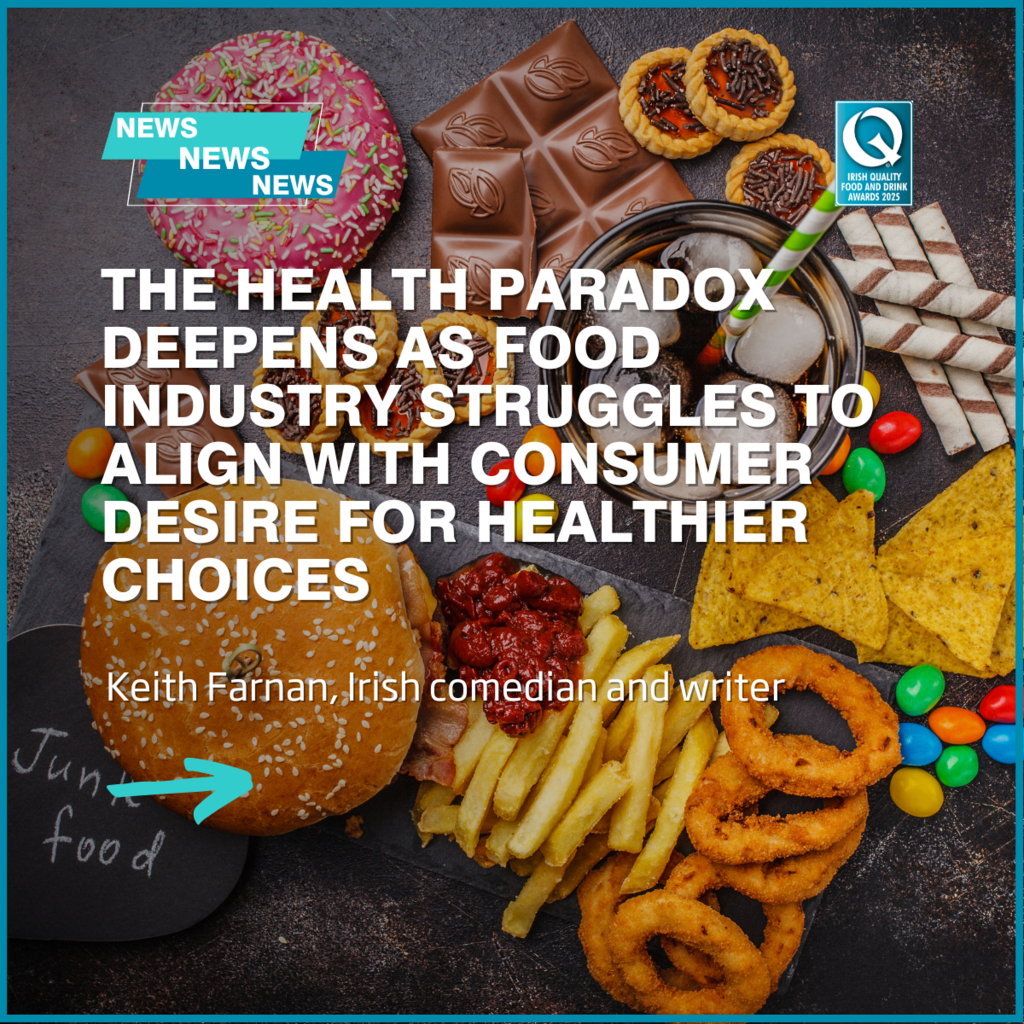
The health paradox deepens as food industry struggles to align with consumer desire for healthier choices
Despite increased awareness and innovation, the consumer packaged goods sector faces growing challenges in balancing profitability, taste, and health, amid rising obesity and societal shifts towards wellness and sustainability.
For leaders in the consumer packaged goods (CPG) sector, a pressing question looms amid rising obesity rates: why is the nation becoming less healthy despite unprecedented knowledge about diet and lifestyle? Since the 1970s, obesity has steadily increased, even though consumers have access to countless products, advice, and tools aimed at healthier living. This contradiction, often termed “The Health Paradox,” highlights a complex web of challenges facing the food industry, public health policymakers, and consumers alike.
Conventional wisdom suggests individual responsibility for health, but broader systemic support is needed from governments, retailers, and manufacturers. The uncomfortable reality, however, is that processed products - often high in fat, salt, and sugar - remain the most profitable. These products are inexpensive and widely available, contributing to excessive consumption, which experts argue is a natural response to an abnormal food environment. The advent of weight-loss drugs such as Ozempic further complicates this landscape, with investments flowing more into pharmaceuticals and surgery than addressing dietary habits directly. Current attempts at self-regulation by manufacturers have largely failed, prompting governments to introduce legislation such as the Soft Drinks Sugar Tax and HFSS (high fat, sugar, and salt) laws. Retailers often favour self-policing, but history shows that independent oversight combined with regulation is a more effective approach.
The challenge of creating healthier products that meet consumer expectations is formidable, especially because taste remains a top priority. Removing fat, sugar, or salt from products often deteriorates flavour, making consumers reluctant to embrace healthier options. Approximately just 1% of supermarket products are regularly purchased, emphasising the difficulty brands face in gaining market foothold. Many new product launches falter due to insufficient differentiation, poor taste, limited marketing investment, and inadequate shelf presence. Despite these hurdles, some industry players offer valuable lessons. McDonald’s, for example, introduced salads in 2005 to provide healthier choices alongside its iconic Big Mac without compromising its core appeal. Beverage companies like Coca-Cola successfully reformulated Fanta to reduce sugar while preserving flavour, leading to increased sales, though others, like Lucozade, saw declines when taste suffered post-reformulation.
From the consumer perspective, trust and clarity are critical. Younger adults, especially those aged 16-34, increasingly turn to wellness creators on social media for nutrition advice, while older demographics rely less on these platforms. Consumers are eager for brands and retailers to help simplify healthy choices, yet affordability remains an issue; basic healthy foods like jacket potatoes cost significantly less than branded meal solutions, which can be 10 to 20 times more expensive. This price gap underscores the economic challenge of making healthier options accessible and popular.
The broader societal context further complicates the paradox. The healthcare system itself reflects a paradox noted in other analyses: while designed to keep people well, it also contributes to environmental damage and ongoing health issues. For instance, the U.S. healthcare sector has a substantial carbon footprint, raising questions about sustainability alongside human health. This dual crisis underscores the necessity of integrating environmental considerations with health policy and industry innovation.
The evolving demands of health-conscious consumers are reshaping the CPG market. Preventive healthcare is gaining prominence, with more individuals seeking products that maintain health rather than merely treating illness. The global health and wellness market is expanding, offering opportunities for brands to innovate and meet changing consumer preferences. However, successful navigation of these trends requires more than fleeting fads—it demands embracing long-term societal shifts such as health, sustainability, environmental stewardship, and an ageing population with disposable income. Companies must adapt by developing transparent positions on processed foods and highlighting genuine benefits.
Emerging technologies and pharmaceutical advances, like GLP-1 drugs, add another layer of complexity. These drugs influence weight loss trends and consumer behaviour, compelling the food industry to adapt once again. While such treatments offer hope for individual health improvements, they also risk diverting focus and resources away from systemic issues like food environment and education.
The way forward lies in a multi-faceted strategy combining legislation to enforce clear health standards, ongoing product innovation that prioritises taste and affordability, and comprehensive education to assist consumers in making informed choices. Only by integrating these elements can the food industry, government bodies, and consumers collectively address the health decline and work towards a healthier future. Brands struggling to resonate with health-aware yet often overwhelmed younger consumers would benefit from tailored insights and strategies that acknowledge this “Worried (Un)Well” demographic, offering a pathway to make healthier living feel attainable and satisfying.
